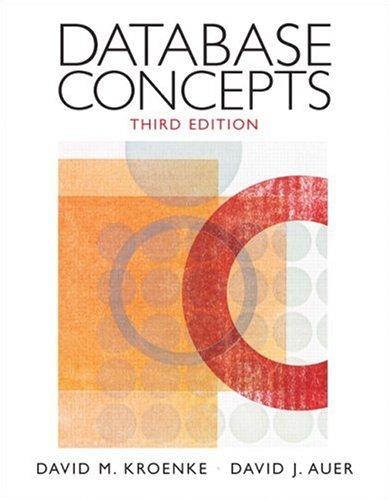Question
Interstellar Love filename: stars After two years of sharing a bedroom with you in a college dorm, Jeff finally has his own room. Excited about
Interstellar Love filename: stars After two years of sharing a bedroom with you in a college dorm, Jeff finally has his own room. Excited about inviting women over to his room, he ponders over what decorations the fairer sex will enjoy.1 He decides upon setting up a fake planetarium with a black ceiling and glow-in-the-dark stars that form constellations. Unfortunately, in his haste, he has made several errors in setting up his constellations. See, everyone knows that constellations dont have cycles in them. Instead, whenever we visually connect the stars together with lines, a tree is always formed. Since you were Jeffs roommate for two years, you figure youll help him fix his constellations. Your job will be twofold: to count the number of constellations Jeff has, and to report how many of them have cycles and need to be fixed. A constellation consists of multiple stars that are all connected to one another (directly or indirectly). A constellation that needs fixing is simply one that has a cycle. The Problem: Given several configurations of stars and connections between stars, determine how many constellations are defined in each configuration and how many need fixing.
The Input:
The first input line contains a positive integer, n (n 100), indicating the number of night skies to consider. The first line of each night sky contains two positive integer, s (s 1000), representing the number of stars for this night sky, and c (c 10000), representing the total number of connections between pairs of stars for this night sky. The following c lines contain two distinct positive integers representing a single connection between two stars. The stars in each test case will be numbered 1 through s, inclusive. A connection is considered un-directional, thus, if a is connected to b, b is connected to a.
The Output:
For each test case, just output a line with the following format: Night sky #k: X constellations, of which Y need to be fixed. Where k is the number of the night sky, starting at 1, X is the total number of constellations described in that night sky, and Y is how many of those constellations contain a cycle. Leave a blank line after the output for each test case. Follow the format illustrated in Sample Output.
PLS send java / C or C++ code
Sample Input:
2
5 4
1 2
1 3
2 3
4 5
8 5
1 2
3 4
6 7
6 8
8 7
Sample Output:
Night sky #1: 2 constellations, of which 1 need to be fixed.
Night sky #2: 3 constellations, of which 1 need to be fixed.
Note: In the second example, star number 5 is not connected to any other stars. This star on its own is NOT counted as a constellation, leaving only {1,2}, {3,4} and {6,7,8} as constellations, of which only the last one needs to be fixed.
Step by Step Solution
There are 3 Steps involved in it
Step: 1

Get Instant Access to Expert-Tailored Solutions
See step-by-step solutions with expert insights and AI powered tools for academic success
Step: 2

Step: 3

Ace Your Homework with AI
Get the answers you need in no time with our AI-driven, step-by-step assistance
Get Started


